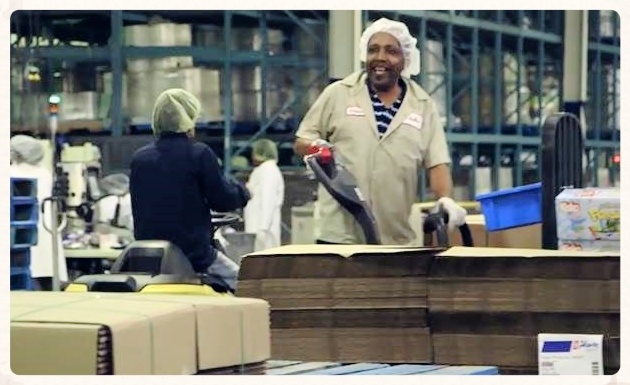How Kisko Products Saved $500,000 in Operations

As global demands on the food supply continue to climb, it is more important than ever for food companies to reduce waste. Of course we all know it’s important to preserve the environment, but not everyone understands that reducing waste is also an excellent means of maximizing profit margins.
When seeking operational improvement opportunities, many companies overlook their greatest asset – the front-line food worker. Kisko Products, a family owned and operated freeze-pop producer, has seen significant returns from worker-driven production efficiency. Kisko makes employees active contributors to the operation’s success while providing opportunities to grow with the company.
I recently interviewed Kisko’s VP of Operations, Randy Josephs, to find out about their waste reduction program. Here’s how they engaged their workers to achieve over $500,000 in savings:
Step 1: Generate employee driven initiatives
Understanding that employees are often the best source for saving product waste, because they are at the front-lines of production, Randy Josephs created a forum for employees to share their ideas. Ideas were vetted and analyzed and the top initiatives were identified.
Kisko then incorporated the top waste reduction initiatives into standard operating procedures (SOP’s). The company reinforced these initiatives by incorporating them into their employee development programs.
{{cta(‘390fc2b2-e61f-4afb-af8a-8812eeb3af71′,’justifycenter’)}}
Step 2: Get employee buy-in and incorporate into SOP’s
When employees know that a company is interested in their development, and values their desire to improve themselves, it is much easier to get them on board with corporate objectives. Efficiency programs are no exception – particularly when employees understand the impact they can have.
So, by incorporating their ideas into waste reduction programs, Kisko had employee buy-in from the start. This created a culture of productivity where employees could “own” the results.

Step 3: Integrate training and performance plans
Kisko integrated customized operations processes and procedures impacting waste into their training and performance plans. This enabled the company to identify individual workers, teams, or particular lines needing additional training and development. Kisko Products further customized learning plans to bridge skill gaps and meet workers’ specific needs empowering them with the knowledge needed to be more productive in their jobs.
“My employees not only work hard, but they also work smart.” Josephs says.
Step 4: Communicate and pay it forward
Plant managers used clear, consistent communications to drive SOP changes impacting production efficiency. The initiatives resulted in $500,000 in savings per year.
Studies have shown that employees that feel they are contributing to a cause are more productive in their jobs. So, Kisko invested a portion of the savings into employee assistance programs, charitable contributions, and community activities.

Final Thoughts
Communicate your successes as well as your expectations. It makes a big difference when you show your employees the fruits of their accomplishments — let them see how their effort to support improved efficiencies can benefit them and their community.
The bottom line is – your financial bottom-line is driven by the employee front-line. Efficiency isn’t just about processes and procedures. It’s about people and the motivation you give them to become partners in your success.






